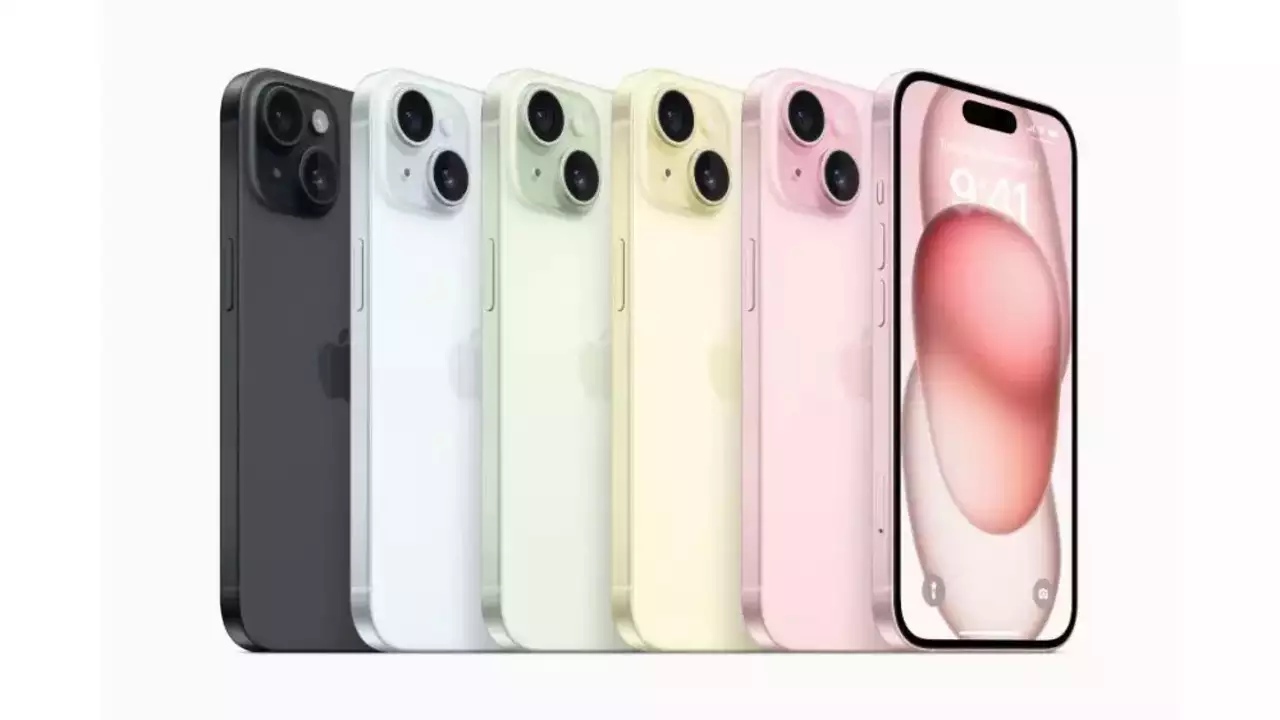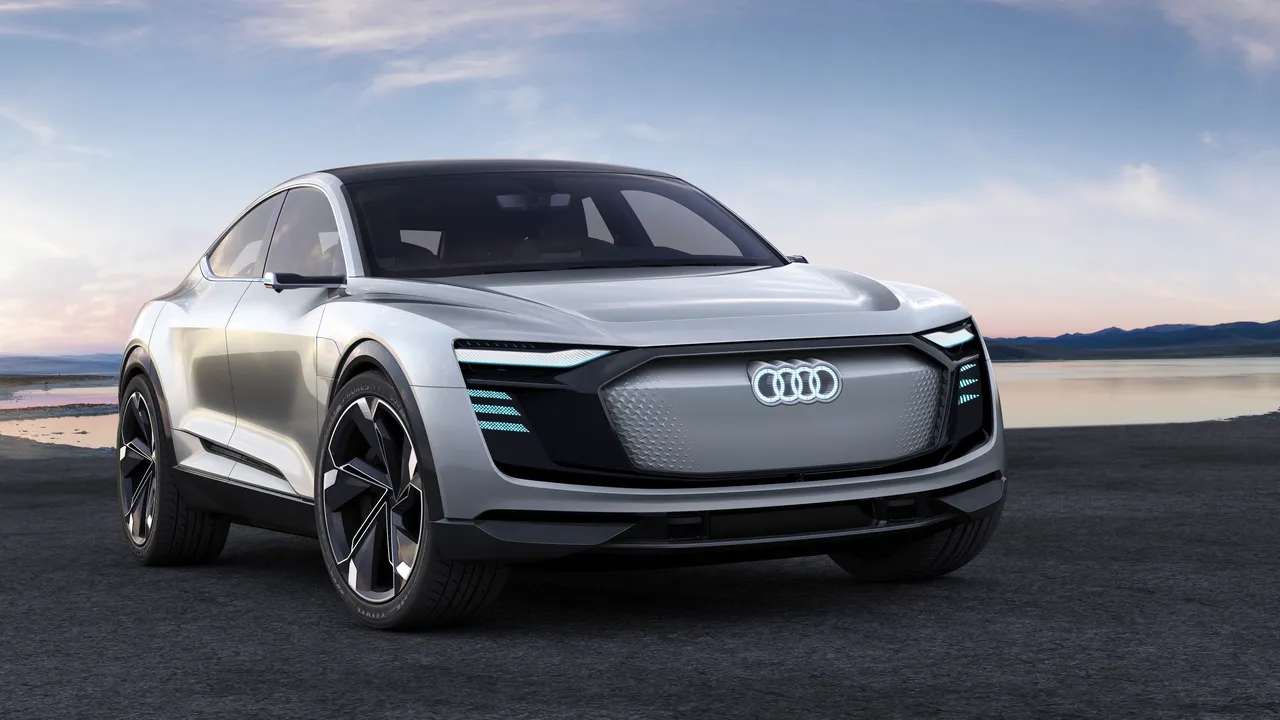The evolution of the IPhone represents a remarkable journey through technological innovation, design excellence, and cultural impact. Since its introduction in 2007, the IPhone has not only transformed the smartphone industry but has also become a symbol of luxury for many in the digital era.
The Birth of the IPhone (2007):
Launched by Apple's co-founder Steve Jobs, the first iPhone was unveiled on January 9, 2007. It was a groundbreaking device that combined a phone, an iPod, and an internet communicator in a single product. The IPhone's touch interface, devoid of physical keys, was a revolutionary departure from conventional mobile phones.
IPhone 3G (2008):
The iPhone 3G, released in 2008, introduced 3G network capabilities, making internet access faster. This model also marked the debut of the App Store, allowing third-party developers to create and distribute applications. The App Store's introduction was a pivotal moment, unleashing a wave of innovation and establishing the IPhone as a platform for a myriad of functionalities.
IPhone 3GS (2009):
The IPhone 3GS emphasized speed and performance improvements. It introduced video recording, voice control, and increased processing power, enhancing the overall user experience. Apple continued to refine the design and functionality of the phone, laying the foundation for subsequent models.
IPhone 4 (2010):
The IPhone 4, with its sleek glass and stainless-steel design, marked a design departure. It featured the high-resolution "Retina Display" and introduced FaceTime, Apple's video calling feature. The introduction of the iPhone 4 set new standards for display quality, and its design language influenced subsequent iterations.
IPhone 4S (2011):
The iPhone 4S, released in 2011, introduced Siri, Apple's voice-activated virtual assistant. This marked a step forward in natural language processing and user interaction. While the external design remained similar to the iPhone 4, internal improvements and the addition of Siri enhanced the device's capabilities.
IPhone 5 (2012):
The iPhone 5 featured a larger 4-inch display and a thinner, lighter design. It was the first iPhone to use a Lightning connector, replacing the previous 30-pin connector.This model showcased Apple's commitment to refining and optimizing the iPhone's hardware while maintaining a focus on design aesthetics.
IPhone 5S and IPhone 5C (2013):
The iPhone 5S introduced the Touch ID fingerprint sensor, adding a layer of security and convenience. The iPhone 5C, available in vibrant colors, offered a more affordable option.The integration of Touch ID was a significant leap in biometric authentication, setting the stage for future advancements in security features.
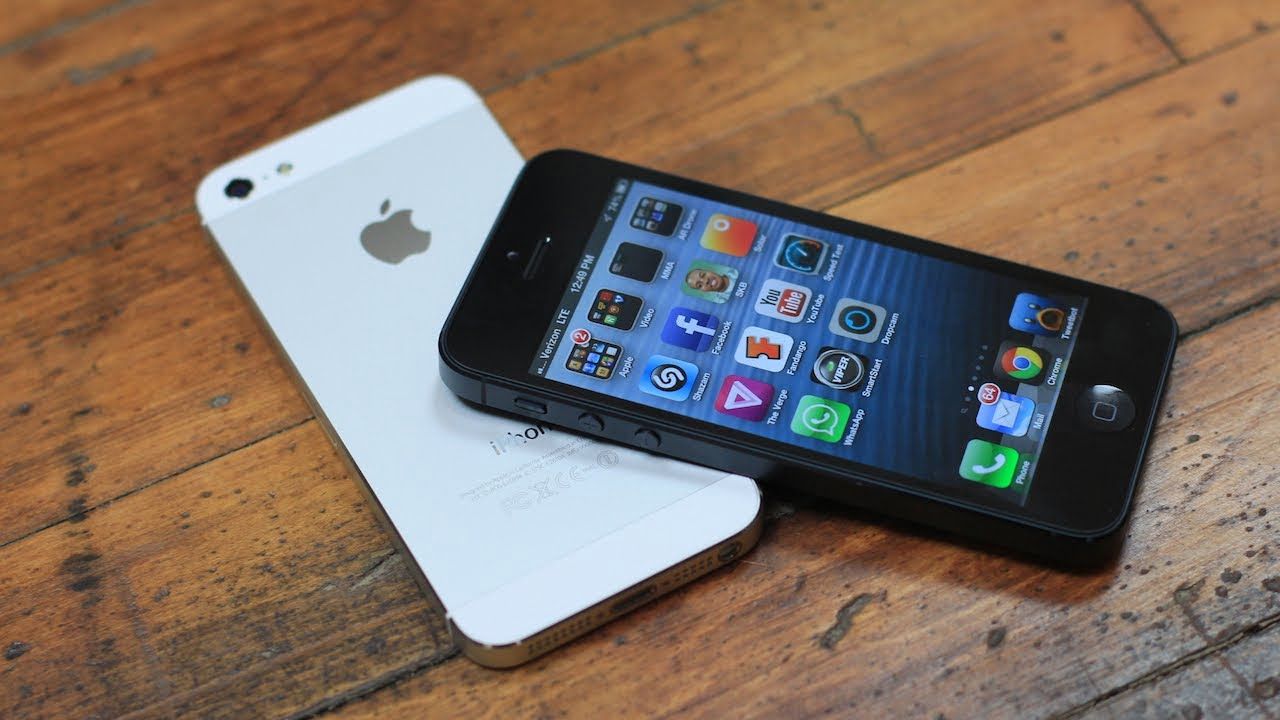 © Google
© Google
IPhone 6 and IPhone 6 Plus (2014):
The iPhone 6 and 6 Plus represented a departure in terms of size, with larger 4.7-inch and 5.5-inch displays. The design embraced rounded edges and a thinner profile. This shift responded to the growing demand for larger screens, aligning with the trend towards phablets in the smartphone market.
IPhone 6S and IPhone 6S Plus (2015):
The iPhone 6S and 6S Plus maintained the design of their predecessors but introduced 3D Touch, a pressure-sensitive display technology. This allowed for new ways of interacting with the device based on the intensity of touch.
Apple continued to refine hardware capabilities while emphasizing user interaction innovations.
IPhone SE (2016):
The iPhone SE, introduced in 2016, combined the design of the iPhone 5S with the internal hardware of the iPhone 6S. It appealed to users who preferred a smaller form factor with modern specifications. This model demonstrated Apple's responsiveness to diverse user preferences within its product lineup.
IPhone 7 and IPhone 7 Plus (2016):
The iPhone 7 and 7 Plus eliminated the traditional headphone jack, introducing wireless audio options. The dual-camera system on the iPhone 7 Plus offered enhanced camera for better picture quality. This move towards wireless audio set a precedent in the industry, and the dual-camera system foreshadowed the focus on advanced photography features.
IPhone 8 and iPhone 8 Plus (2017):
The iPhone 8 and 8 Plus retained a similar design to their predecessors but introduced wireless charging capabilities. The glass back enabled Qi wireless charging compatibility. Apple continued to iterate on existing designs while incorporating new technologies to enhance the user experience.
IPhone X (2017):
The iPhone X celebrated the iPhone's 10th anniversary with a bold redesign. It featured an edge-to-edge OLED display, Face ID facial recognition, and the removal of the home button.This model represented a significant leap in design and technology, setting the stage for future iPhone iterations.
IPhone XS and iPhone XR (2018):
The iPhone XS and XR built upon the innovations of the iPhone X. The XS featured improved camera capabilities and a gold color option, while the XR offered a more affordable LCD display option in vibrant colors. These models showcased Apple's commitment to providing a range of options to cater to different user preferences.
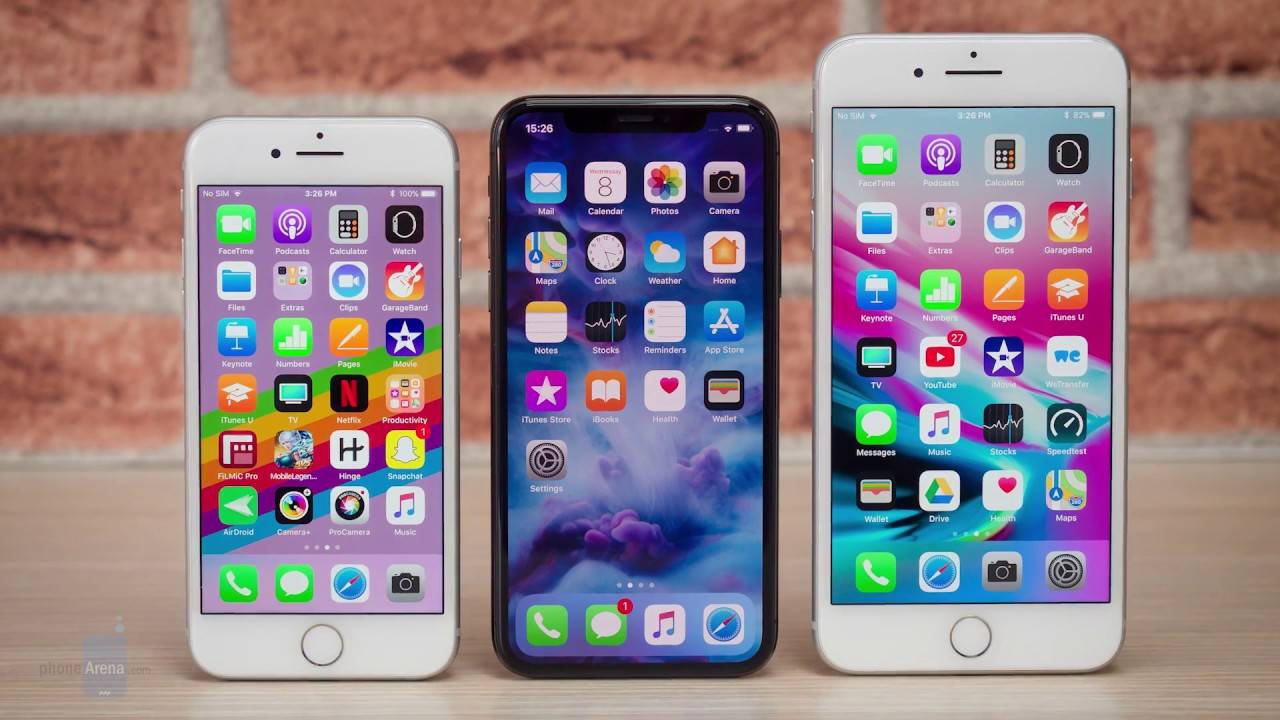 © Google
© Google
IPhone 11 Series (2019):
The IPhone 11 series, including the IPhone 11, IPhone 11 Pro, and IPhone 11 Pro Max, emphasized camera enhancements, introducing the ultra-wide lens. Night mode and Deep Fusion technology enhanced low-light and computational photography. These models reinforced the iPhone's reputation as a powerful tool for photography and multimedia.
IPhone SE (2020):
The second-generation iPhone SE, released in 2020, combined the form factor of the iPhone 8 with the internal hardware of the iPhone 11. It provided a budget-friendly option with modern specifications. This model continued Apple's strategy of offering a diverse lineup to cater to various market segments.
IPhone 12 Series (2020):
The iPhone 12 series introduced 5G connectivity, a Ceramic Shield front cover for enhanced durability, and a flat-edged design reminiscent of the iPhone 4. The lineup included the iPhone 12 mini, catering to those who preferred a smaller device.The integration of 5G marked a significant step forward in connectivity, and the design language paid homage to previous iconic models.
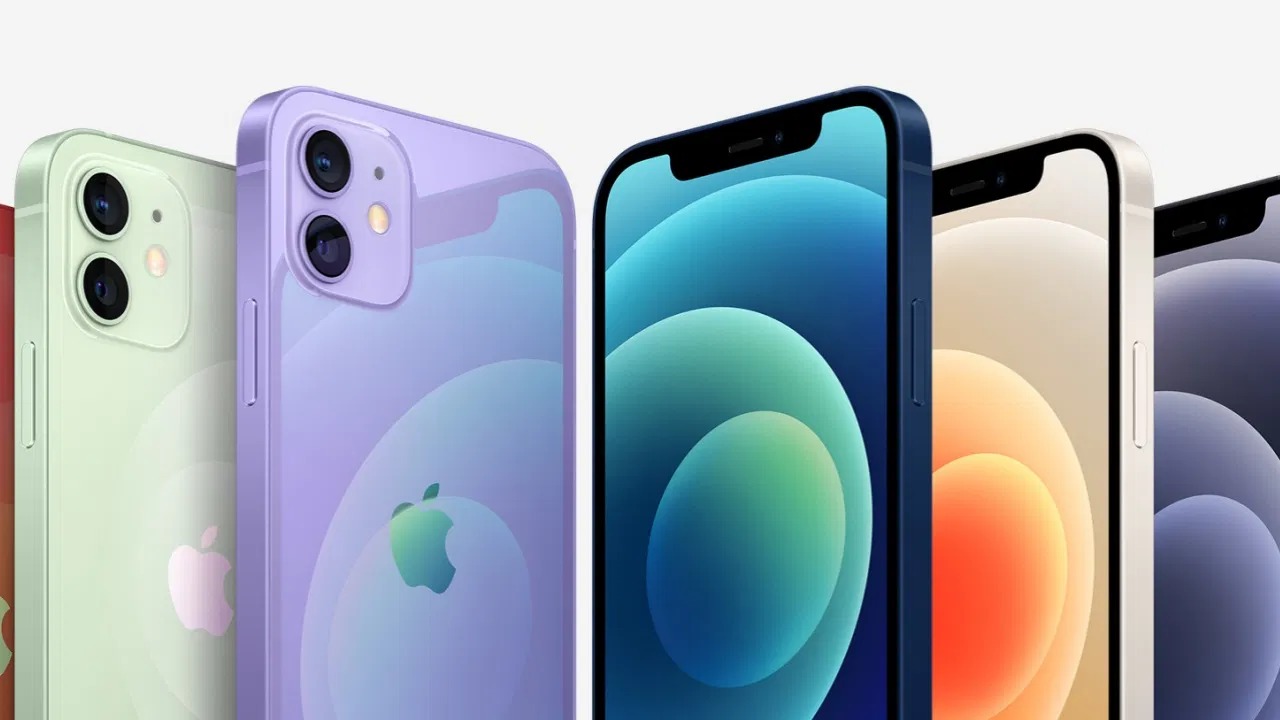 © Google
© Google
IPhone 13 Series (2021):
The iPhone 13 series brought improvements in camera technology, including sensor-shift optical image stabilization and advancements in video recording. The Pro models featured a ProMotion display with a 120Hz refresh rate. These enhancements continued to refine the iPhone's capabilities in photography and video, and the Pro motion display contributed to a smoother user experience.
IPhone 14 series (2022):
Apple has introduced a total of four new iPhones this year — iPhone 14, iPhone 14 Plus, iPhone 14 Pro, and the iPhone 14 Pro Max. The iPhone 14 Plus is an entirely new product that's here instead of a "Mini" version, while the rest of the three iPhones are essentially just upgraded models of what we already had on the market. Even out of those three phones, only the "Pro" models bring big and meaningful upgrades to last year's iPhone 13 Pro handsets.
IPhone 15 series (2023):
Apple iPhone 15 mobile series hit the stores in India on 12th September 2023. The phone comes with a 60 Hz refresh rate 6.10-inch touchscreen display offering a resolution of 1179x2556 pixels at a pixel density of 460 pixels per inch (ppi). The 15 series is powered by a hexa-core Apple A16 Bionic processor. It comes with 8GB of RAM along with supporting wireless charging. Talking of its camera, the Apple iPhone 15 on the rear packs a dual camera setup featuring a 48-megapixel (f/1.6) primary camera, and a 12-megapixel (f/2.4) camera. It has a single front camera setup for selfies, featuring a 12-megapixel sensor with an f/1.9 aperture.
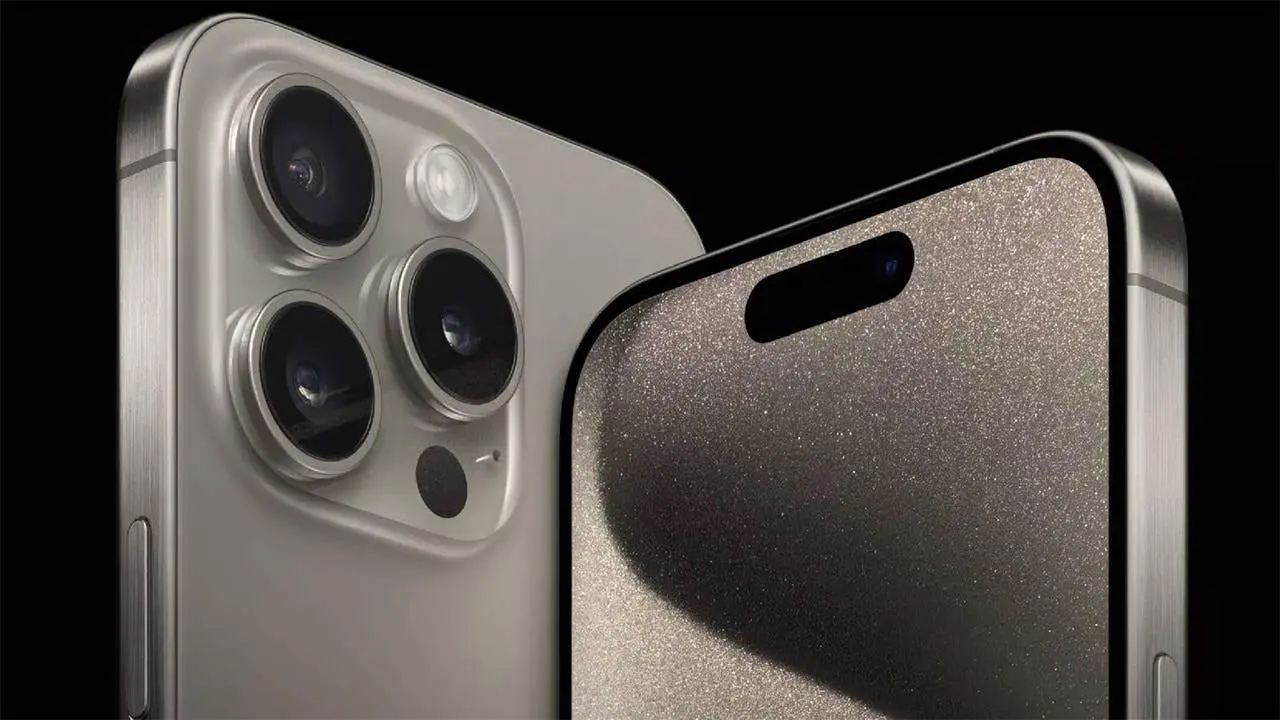 © Google
© Google
Conclusion:
The evolution of the iPhone is a testament to Apple's commitment to innovation, user experience, and pushing technological boundaries. From its inception as a revolutionary device, the iPhone has become an integral part of modern life, influencing not only the smartphone industry but also shaping the way we communicate, work, and interact with.

